Are you curious about the Balut industry in Pateros? From its rich cultural history to the business of production, this guide will provide an overview of all things related to Balut.
Learn how it is made and discover the challenges and opportunities within this unique Filipino food product. Get tips on how to try balut for the first time and find out what the future holds for the Balut industry in Pateros.
Whether you’re an aspiring entrepreneur, a balut connoisseur, or simply curious about this Filipino delicacy, this guide will provide all the information you need to know!
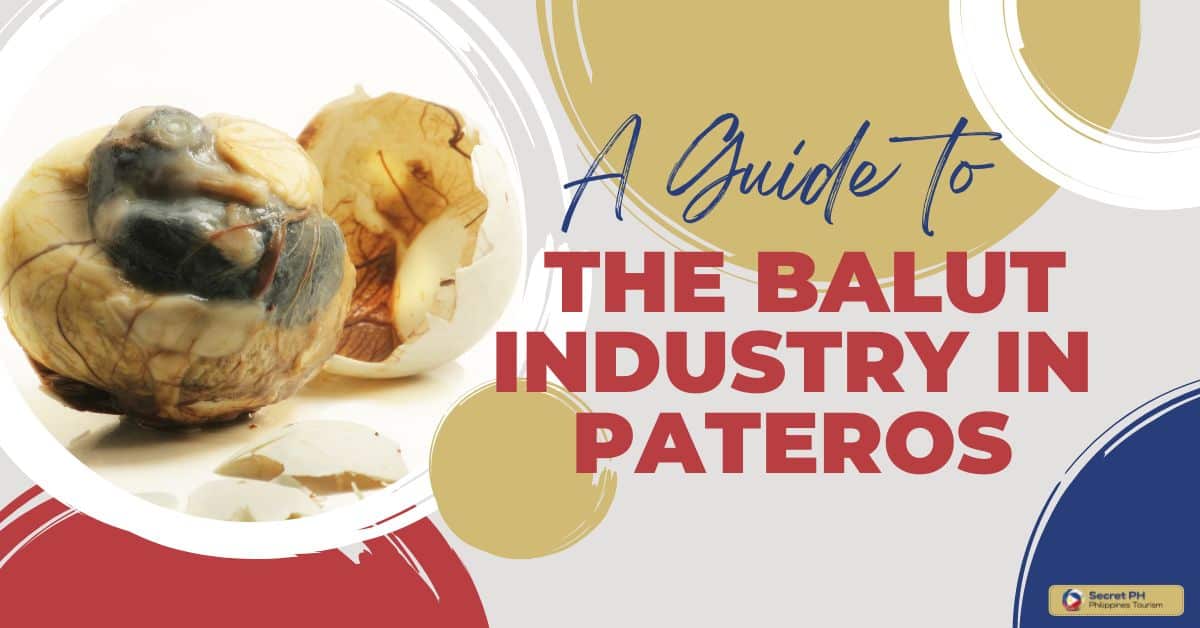
History of the Balut Industry in Pateros
The balut industry of Pateros, Philippines has been a part of the country’s culture since pre-colonial times. The native Tagalog people would traditionally harvest ducks eggs and incubate them until they developed into young chicks. This type of egg was known as a ‘balut’ and it remains popular to this day.
During Spanish colonization, balut production flourished in Pateros due to its strategic location near Manila Bay and access to the fertile soil. As demand for the delicacy increased, more farms were built throughout the town and by the late 19th century, it had become an important industry for Pateros.
The industry underwent a major transformation during World War II when Japanese soldiers occupied the area and imposed martial law on local farmers. This led to changes in agricultural practices such as introducing new duck breeds as well as crop rotations. By the end of the war, balut production had significantly increased and began to be exported across Southeast Asia and other parts of the world.
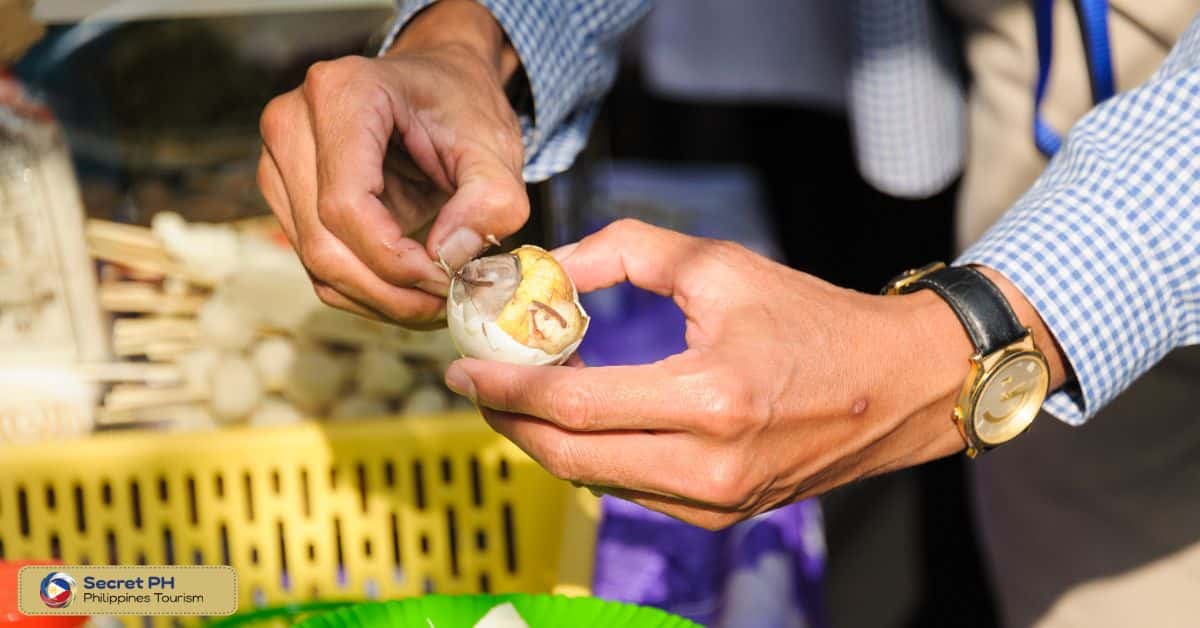
How Balut is Made
The balut industry in Pateros, Philippines is an important part of the region’s culture and economy. Balut, which is a unique type of boiled duck egg, has been popular for centuries in the Philippines and other parts of Asia. While making balut can be a time-consuming process, those who are dedicated to producing high-quality balut eggs have perfected their craft over time. Here’s a step-by-step guide to how balut is made.
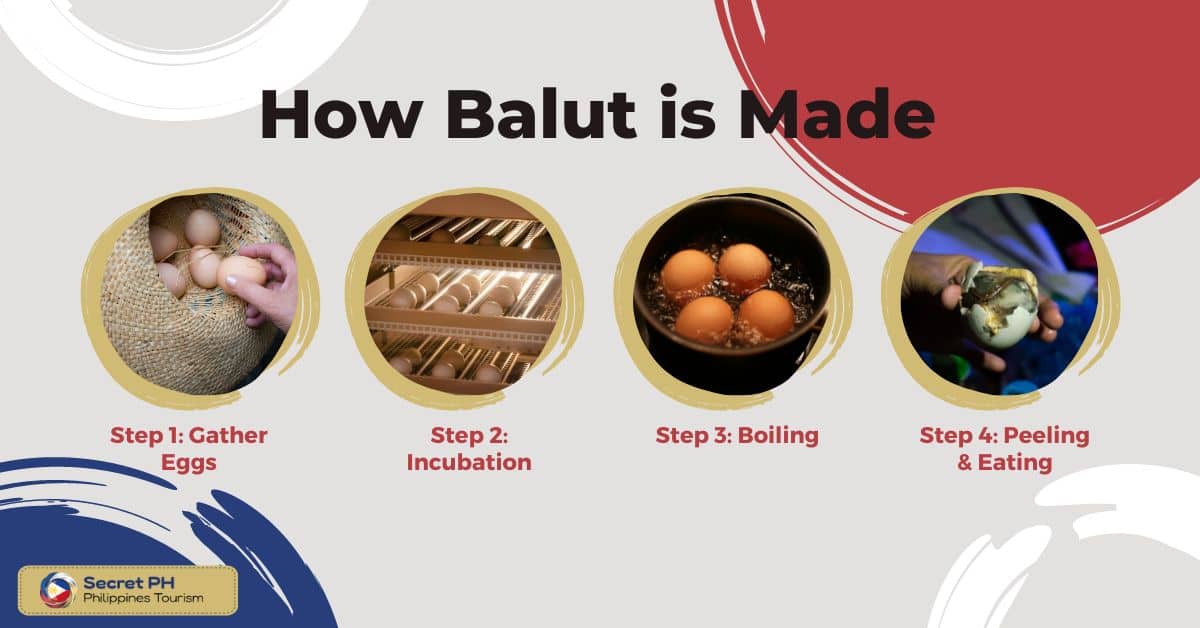
Step 1: Gather Eggs
In order for the process of balut making to begin, eggs must first be gathered from local sources such as farms or hatcheries. The eggs should be purchased as fresh as possible for maximum quality.
Step 2: Incubation
Once the eggs are collected, they are placed into incubators and left to incubate at a temperature of 30–32°C (86–90°F) and humidity levels of 45%. Depending on the breed of ducks used, it will take 10–17 days before they are ready to move on to the next step. During this period, care must be taken that the temperature and humidity levels remain constant throughout to ensure successful hatching.
Step 3: Boiling
After 10–17 days have passed, it’s time for the eggs to be boiled. The exact boiling time varies depending on how mature or “well done” you want your balut but typically takes 8–10 minutes on average. Care must also be taken that all air bubbles are removed from water while boiling so as not to puncture any developing embryos inside the eggshells.
Step 4: Peeling & Eating
Finally, after 8–10 minutes of boiling comes peeling off the eggshells followed by eating! Since there is no single right way to peel a balut eggshell or eat its contents, each person develops their own preferred methods over time with practice. Some people enjoy eating them plain while others like adding additional condiments such as soy sauce or chili pepper flakes for enhanced flavor!
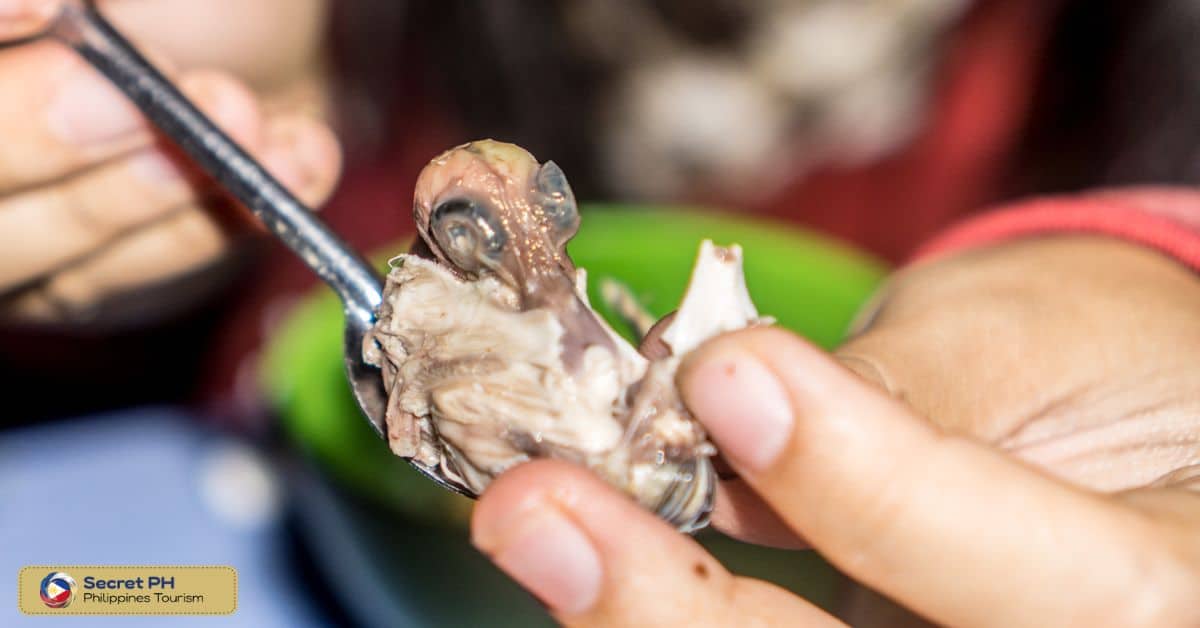
The Business of Balut in Pateros
The business of balut in Pateros is a centuries-old practice that has become an integral part of the municipality’s culture and traditions. Located in the province of Rizal, Pateros has been known as the “balut capital” of the Philippines. Because it produces more than half-million balut eggs each day.
Because of its booming business involving balut, Pateros has become an important tourist destination for both local and international visitors alike. Whether you’re looking for scrumptious snacks or unique Balut-related souvenirs, this quaint town will certainly satisfy your cravings!
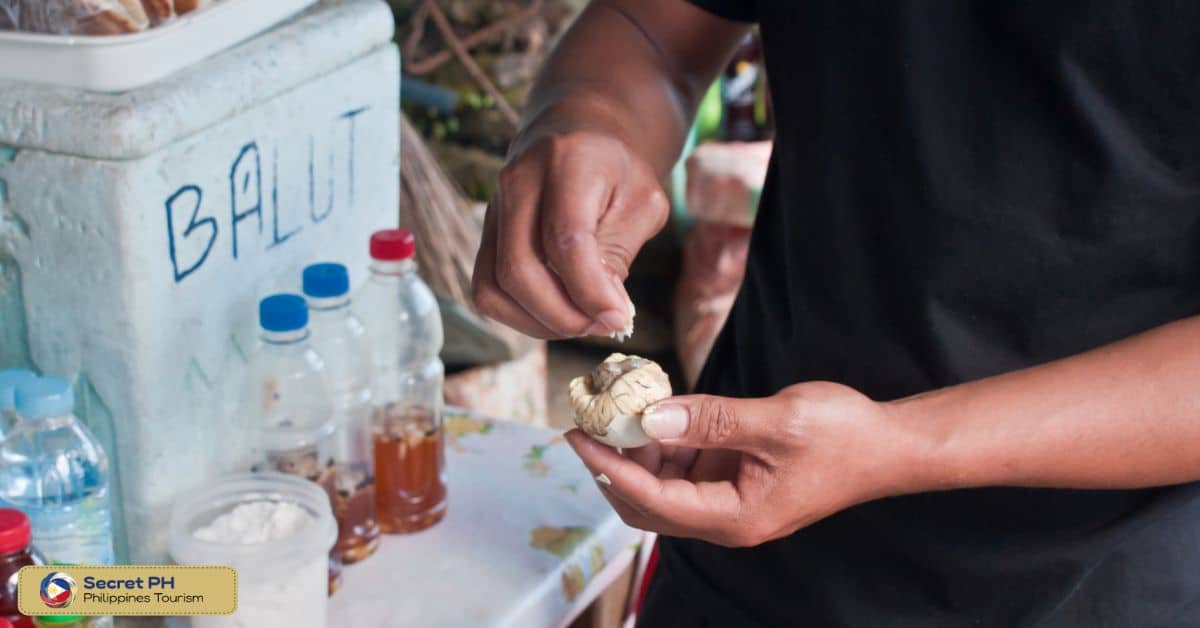
Challenges and Opportunities in the Balut Industry
One of the key themes in the Balut industry in Pateros is the tension between tradition and modernity. The industry faces a range of challenges that threaten its long-term viability, from competition from other snacks to changing consumer preferences. However, there are also opportunities for growth and innovation in the Balut industry, from expanding export markets to developing new products that appeal to a wider audience.
The following table summarizes some of the key challenges and opportunities facing the Balut industry in Pateros:
| Challenge | Opportunity |
|---|---|
| Competition from other snacks, such as chicharron and fish balls | Developing new, value-added products that showcase the unique qualities of Balut |
| Concerns about food safety and hygiene | Investing in better equipment and training to improve quality control |
| Changing consumer preferences, particularly among younger generations | Marketing Balut as a healthy and sustainable snack that supports local communities |
| Difficulty in exporting Balut due to regulatory hurdles and competition from other countries | Finding new export markets and developing partnerships with international buyers |
| Limited access to financing and business support | Building stronger partnerships with government agencies and private investors to support growth and innovation |
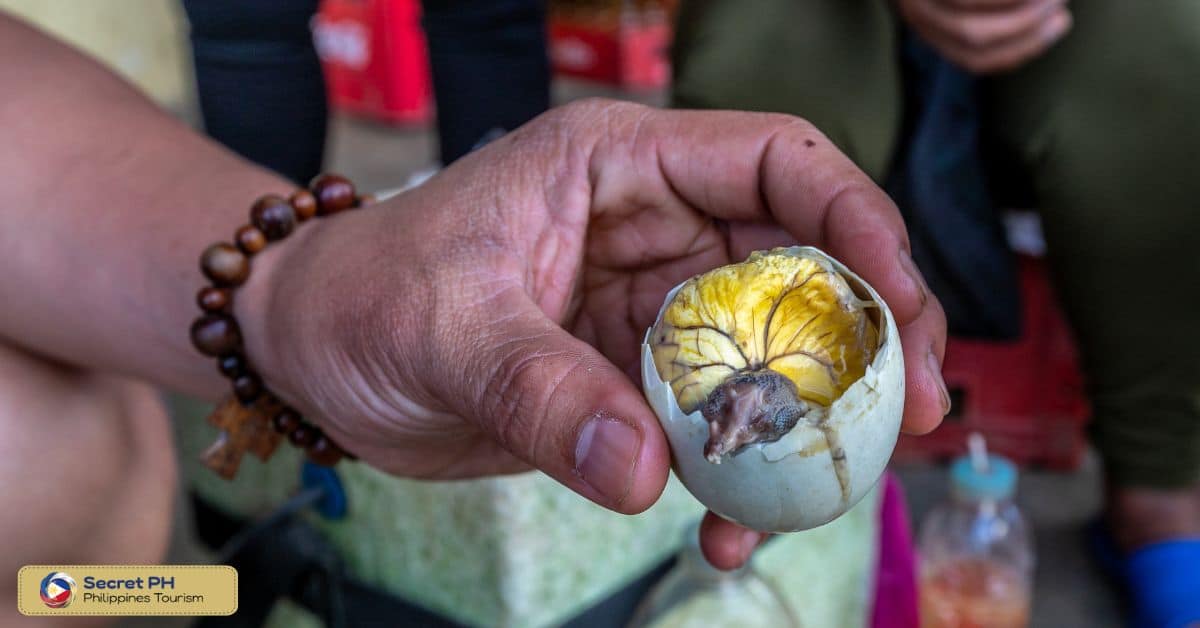
The Future of the Balut Industry in Pateros
The future of the Balut industry in Pateros is an exciting one. As the demand for this unique delicacy continues to grow, so does its potential for development and expansion. With the right strategies, investments, and partnerships, Pateros can continue to lead the way as a major player in the global Balut industry.
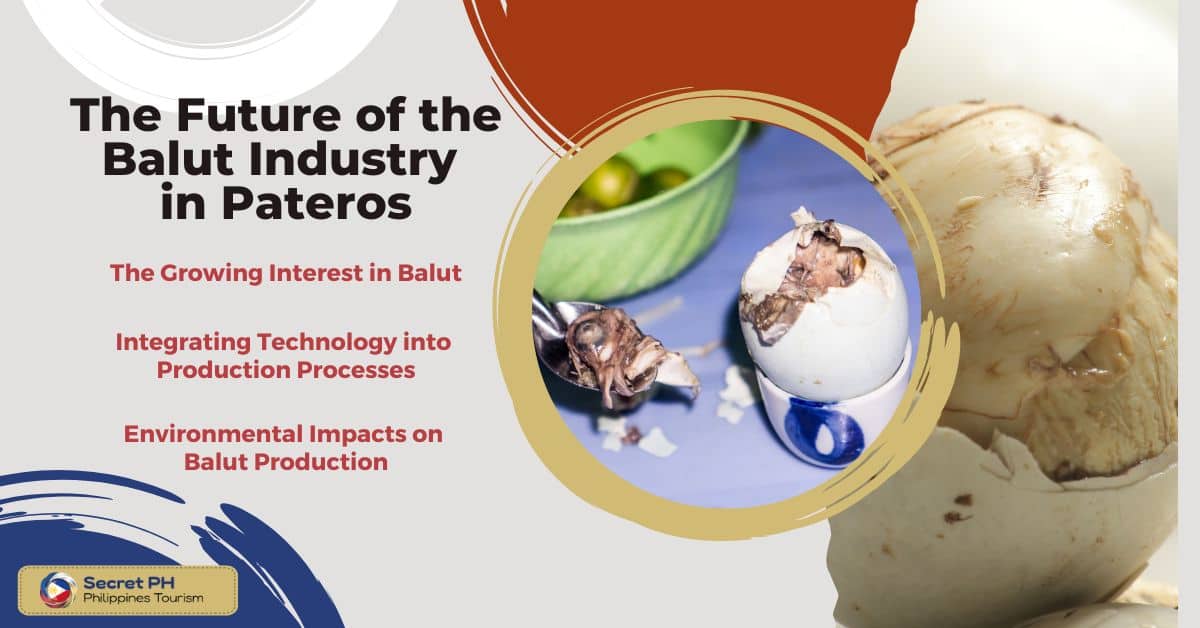
The Growing Interest in Balut
The growing interest in balut around the world can be attributed to more widespread knowledge of Filipino culture. People are keen to explore new flavors and cultures and take an interest in what other countries have to offer. This curiosity has helped spread awareness about balut, leading to an increased demand for it both locally and abroad.
Integrating Technology into Production Processes
Technology is playing an ever larger role in industries across the globe, including food production. For example, computer vision systems are being used to identify defects in eggs before they reach consumers.
This increases quality control while helping streamline production processes – leading to greater efficiency and cost savings. This technology could prove especially useful within the balut industry in Pateros, which still relies largely on manual labor when producing this delicacy.
Environmental Impacts on Balut Production
As with any food industry, there are potential environmental impacts that must be taken into consideration when looking toward the future of balut production in Pateros. Making sure that production processes are sustainable is essential both for protecting local ecosystems.
As well as ensuring that resources remain available for future generations of farmers and producers. Reducing water consumption by introducing recirculating systems or improved wastewater treatment methods would be one way of addressing these issues heading into the future.
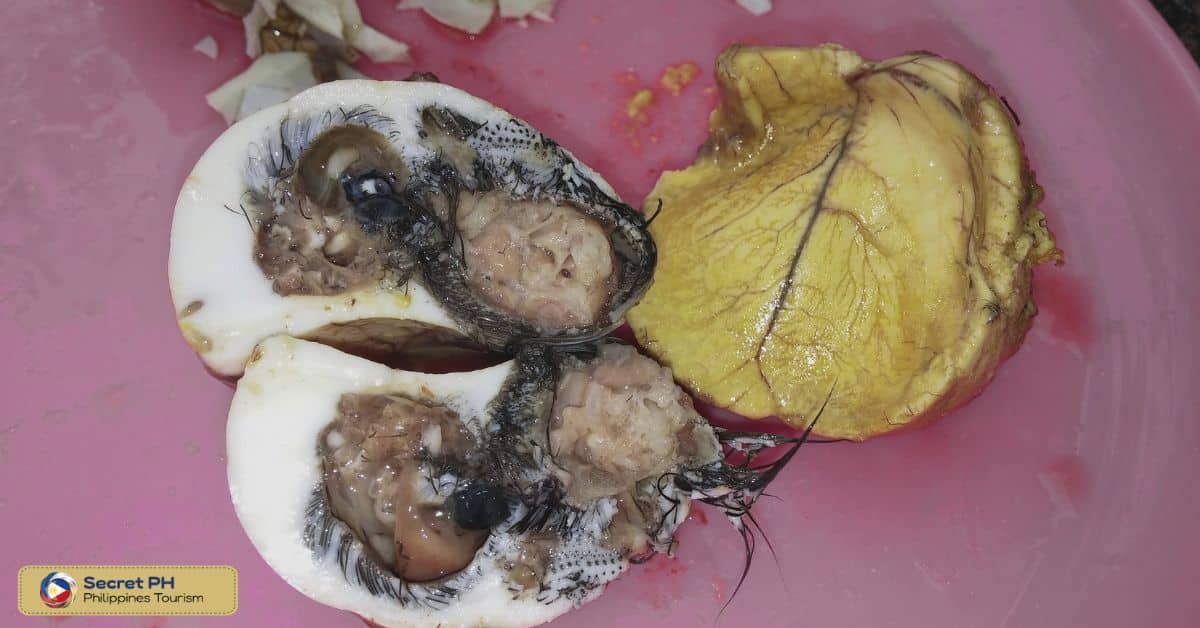
Tips for Trying Balut for the First Time
If you are an adventurous eater looking to try something unique, balut might be just the thing. An exotic food that dates back centuries and originated in Southeast Asia, balut is a boiled duck egg dish that can come with interesting flavors. For those who have never tried it before, here are some tips for trying balut for the first time:
Understand the Etiquette: Depending on which country you are in and where you buy your balut, the etiquette may differ. Generally, though, it is best to enjoy balut with friends or family so as not to appear rude. It is also important to be aware of how other cultures enjoy their balut so as not to offend anyone.
Choose Wisely: Not all baluts are created equal! When selecting your first balut dish, pay close attention to quality and freshness. It’s best to purchase from a reputable seller who offers a variety of options and can recommend one based on your preferences.
Taste Your Way Through It: You don’t need to rush through eating your first balut dish! Take time to survey all the flavors by tasting each part of the egg alongside condiments like vinegar or garlic paste. Don’t forget that you can always save some of it for later if needed!
Drink Something Refreshing: To fully appreciate all of the flavors in a single meal of balut, make sure you accompany it with drinks like beer or soda. These will help neutralize any strong odors and give you a burst of much-needed refreshment after enjoying a flavorful meal!
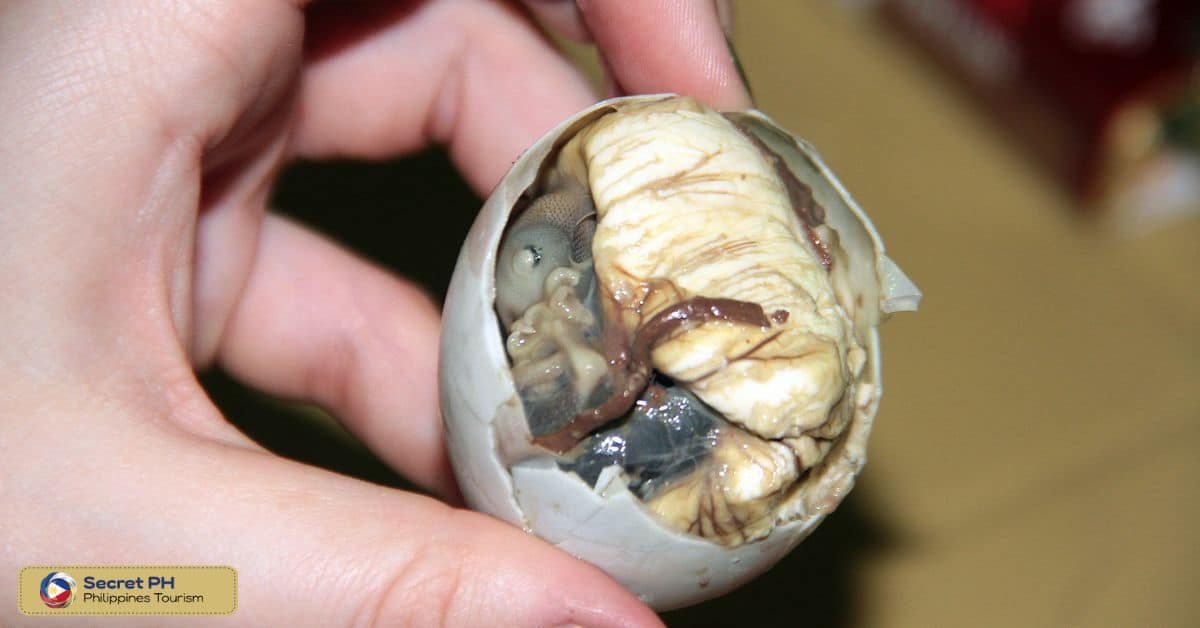
In conclusion
Balut has a rich history and is an important part of the culture and economy in Pateros. It offers many opportunities for growth and expansion while providing a unique culinary experience to those who are willing to try it.
By understanding the production process, the business of balut, challenges and opportunities within the industry, as well as tips for trying balut for the first time, anyone can gain a better understanding of this delicious Filipino delicacy. With the right strategies and support, the Balut industry in Pateros can reach greater heights and continue making its mark on the food scene.








